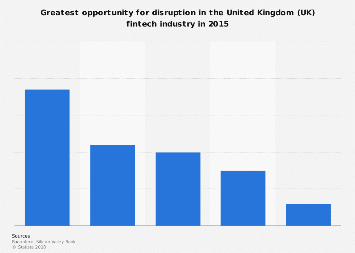Will AR and VR technologies cause mobile disruption 2020?
Virtual Reality i Augmented Reality are probably the hottest industry topics. In another review of global analysis and reports, I found a comparison that AR is from Mars, VR is from Venus. In my opinion it is the other way around. Alternatively, I will risk a thesis that VR is both from Venus and a little bit from Mars. I would now like to look a bit at the similarities, differences and elements that integrate the two technologies in some way. In my opinion, AR and VR will affect mobile disruption, and it's already on the verge of 2020.
First, a few words about Virtual Reality. In the previously published text I wrote that the main idea of VR is to create computer-generated multimedia images of objects, spaces, or individual real events. Available, of course, in an appropriate multimedia form. VR can freely integrate elements of the real world in the form of computer simulations and various added elements: fragments of computer games, videos, animations.
According to the definition of the Polish PWN Encyclopedia, Virtual Reality technology is the processing of sensations perceived by human senses by computer programs. By generating appropriate elements, it affects the auditory (sounds, music), visual experience (virtual images, 3D graphics), the ability to perform many actions through touch functions on devices. There are also attempts to implement Virtual Reality options based on smell. According to Wikipedia, in 2001 DigiScents from the USA announced the release of a device called iSmell Personal Scent Synthesizer – it worked like a scent cartridge. Dedicated software attached to the device was released at appropriate times in the form of scent blends. iSmell Personal came with special tanks that could be refilled and replaced like printer cartridges. The project was shelved due to lack of commercial interest and high implementation costs.
Augmented Reality, according to the most common definition, is a system combining the real world with the world generated by a computer program. It uses a camera image overlaid with real-time generated 3D graphics. AR has three distinctive features: it combines the visualization of the real world with the virtual world created by appropriate software; it allows full interaction in real time; it allows the registration of images using 3D technology.
Ronald Azuma defines AR technology in detail in his analytical report "A Survey of Augmented Reality" (http://www.ronaldazuma.com/papers/ARpresence). According to his own definition, AR has three distinctive features: it combines the visualization of the real world with the virtual world created by appropriate software; it allows full interaction in real time; it allows the registration of images using 3D technology. The creator himself describes Augmented Reality as an option to integrate Virtual Enviroments (VE) – a fully artificial element with the option of "telepresence" (a sense of real presence in a given moment, place – an option used, inter alia, in video-conferencing systems). AR also allows for the simulation of motion and sound in three-dimensional reality.
OK, so much for the technologies themselves. The basic question is: where is the business here? Where, apart from huge investments, PR campaigns lies the source of real financial income? Analysts from Digi-Capital estimate that the AR/VR market will be worth about $150 billion by 2020. The applications of Virtual Reality are limitless, VR is used in industries such as: gaming sector, film industry, entertainment, education, automoto, architecture, development industry, medicine. VR is used in simulators (e.g. battlefield for the military), devices for practical vocational training.
Augmented Reality has so far been known mainly from games and apps, such as the hit of 2016 – the Pokoemon GO app. But AR technology has many other applications, some of which we don't even realize. As a reminder: a smartphone is enough to present products using AR. Mobile products are becoming more and more popular: voice calls, film/TV streaming, commercials. AR can be used in the e-commerce sector. Thanks to the possibilities of 2D/3D graphics, it offers great opportunities in the area of advertising and enterprise services/products. AR can literally in a moment be implemented practically by such companies as Uber, Amazon, Alibaba. Why? Augmented Reality applications, combined with geolocation, precise targeting and use of Big Data, equals advanced business tools and profitable commercial projects – see again the Pokemon Go case.
Looking at the real status of the market and mobile trends, it is hard not to agree with the thesis that AR and VR technologies will lead to mobile disruption. We will find out in the next 3-4 years.
